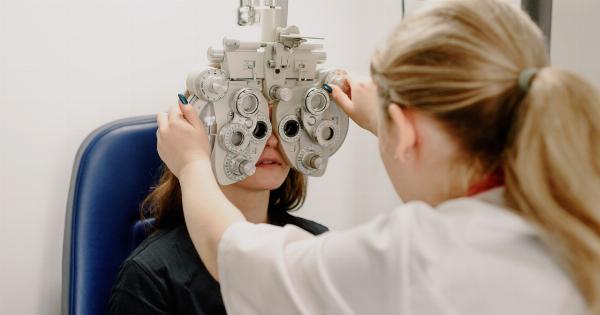Strokes are a serious medical condition that can have life-altering consequences. According to the World Health Organization (WHO), strokes are the second leading cause of death and the third leading cause of disability worldwide.
While some risk factors for stroke, such as age and family history, cannot be controlled, there are several risk factors that can be modified, including smoking.
The Link Between Smoking and Stroke
Smoking is a harmful and addictive habit that can lead to a wide range of health problems, including heart disease, lung cancer, and stroke.
According to the American Stroke Association, smoking is a major risk factor for stroke, responsible for up to 30% of all strokes. The chemicals in cigarette smoke can damage the blood vessels in the brain, leading to reduced blood flow, increased blood pressure, and a higher risk of blood clots.
Smoking can also increase the levels of certain proteins in the blood that are associated with inflammation and blood clotting, further increasing the risk of stroke.
The Impact of Smoking on Stroke Incidence
A study published in the Journal of the American Medical Association (JAMA) found that smoking increases the risk of stroke by 50% compared to non-smokers.
The study also found that the risk of stroke increases with the number of cigarettes smoked per day and the number of years a person has smoked. The study concluded that quitting smoking is the most effective way to reduce the risk of stroke.
The Danger of Secondhand Smoke
Smoking not only harms the smoker but also those around them. Secondhand smoke can be just as harmful as smoking itself, and can increase the risk of stroke in non-smokers.
According to the Centers for Disease Control and Prevention (CDC), exposure to secondhand smoke increases the risk of stroke by 20-30%. Children are especially vulnerable to the effects of secondhand smoke and can suffer from an increased risk of stroke as well as other health problems such as respiratory infections and asthma.
The Benefits of Quitting Smoking
Quitting smoking can be a difficult process, but the benefits are numerous. According to the CDC, within 2-5 years of quitting smoking, the risk of stroke can be reduced to that of a non-smoker.
Quitting smoking can also improve overall health and reduce the risk of other health problems such as heart disease, lung cancer, and respiratory infections. In addition, quitting smoking can lead to financial benefits and improved quality of life.
How to Quit Smoking
There are several methods for quitting smoking, including nicotine replacement therapy, medication, and counseling.
Nicotine replacement therapy involves using products such as nicotine gum, patches, or lozenges to help manage cravings and reduce withdrawal symptoms. Medications such as bupropion and varenicline can also be helpful in quitting smoking. Counseling, either individually or in a group setting, can provide support and guidance during the quitting process.
The Importance of Early Detection and Treatment
If a stroke does occur, early detection and treatment are crucial. The faster a stroke is treated, the better the chances of recovery.
Common treatments for stroke include thrombolytic therapy, which involves using medication to dissolve blood clots, and surgery to remove clots or repair blood vessels. In some cases, rehabilitation may also be necessary to help individuals regain lost abilities.
Conclusion
Smoking is a dangerous habit that can increase the risk of stroke by up to 50%. Quitting smoking is the most effective way to reduce the risk of stroke and improve overall health.
If a stroke does occur, early detection and treatment are crucial for a successful recovery. By taking steps to prevent stroke and manage risk factors, individuals can lower their chances of suffering from this serious medical condition.





























